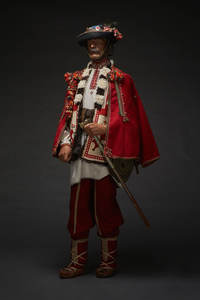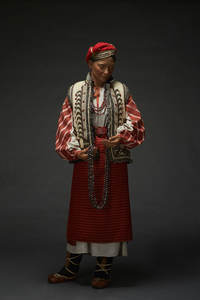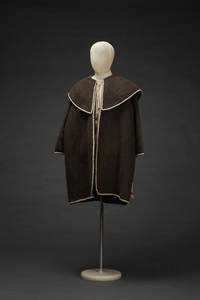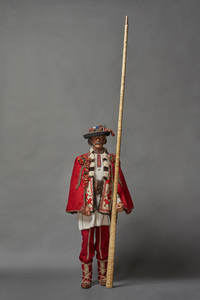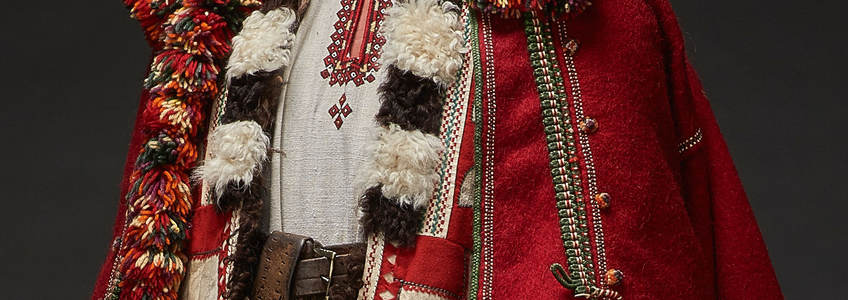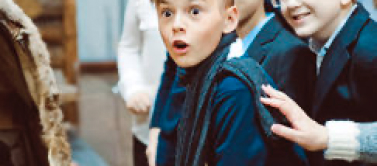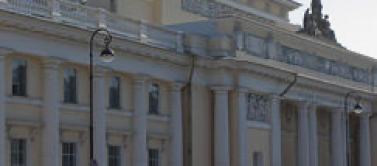Ukrainians. Late 19th – early 20th century
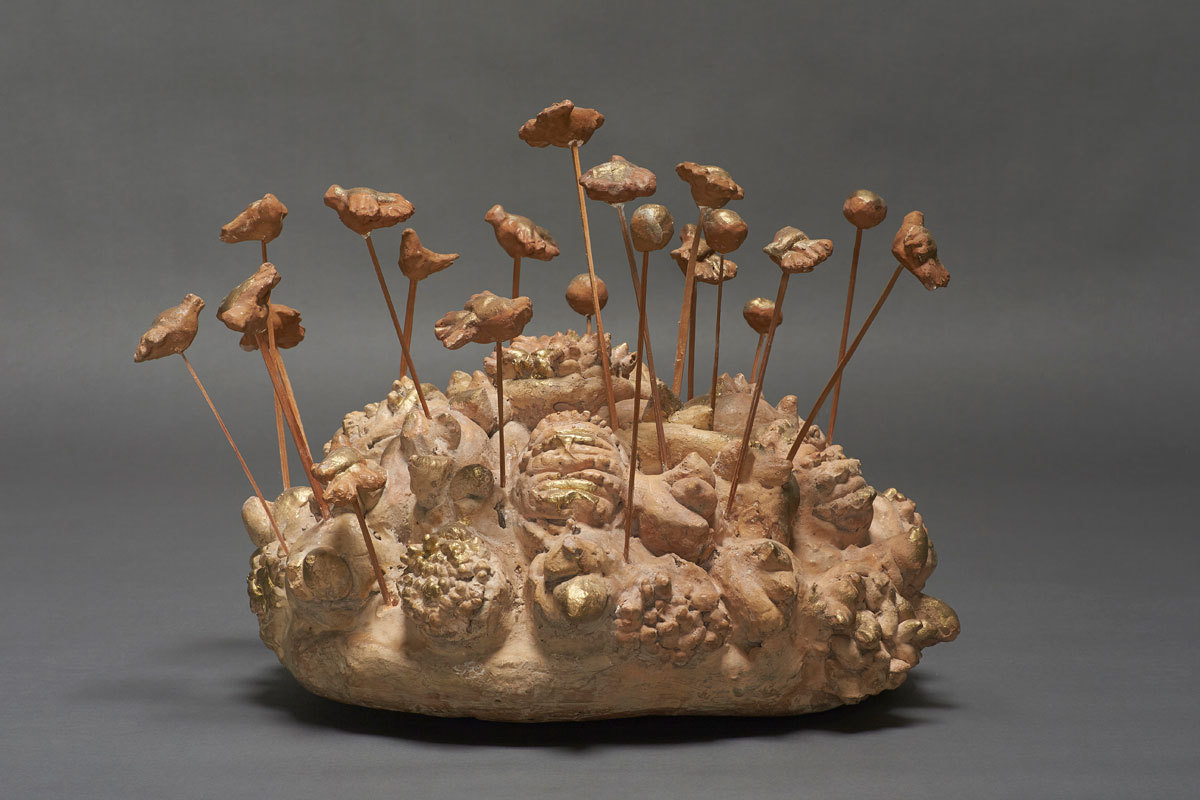
What domestic cares were considered men’s, and what were women’s chores? What things did artisans make? What did people take to fairs, and which of them became famous thanks to Nikolai Gogol? How did Ukrainian khatas differ from Russian and Belarusian houses? Why were towels not only for practical use, but were also believed to be sacred objects, which “took part” in various rituals? Why could a married woman not go bare-headed and “flash her hair”? How many recipes of cooking a borscht did the Ukrainians know, and from what food was it cooked? What musical instruments were played at feasts? Which of them could get in the Guinness Book of Records if it existed in those times? The household, everyday life, and traditions of the Ukrainians were similar to those of the Russians and Belarusians due to their common East Slavic roots and many centuries of neighborship. Presented in the display is a picturesque gallery of traditional festive costumes, among which the outdoor clothes of the Hutsuls, Boykos, and Lemkos, ethnographic groups of Ukraine’s western regions, are especially decorative and archaic in their style.
The display on the Ukrainians, second largest East Slavic people, shows both the traditional culture of the Ukrainian people on the whole and local features of its particular groups.
Presented in the display is a picturesque gallery of traditional festive costumes, among which the outdoor clothes of the Hutsuls, Boykos, and Lemkos, ethnographic groups of Ukraine’s western regions, are especially decorative and archaic in their style.


